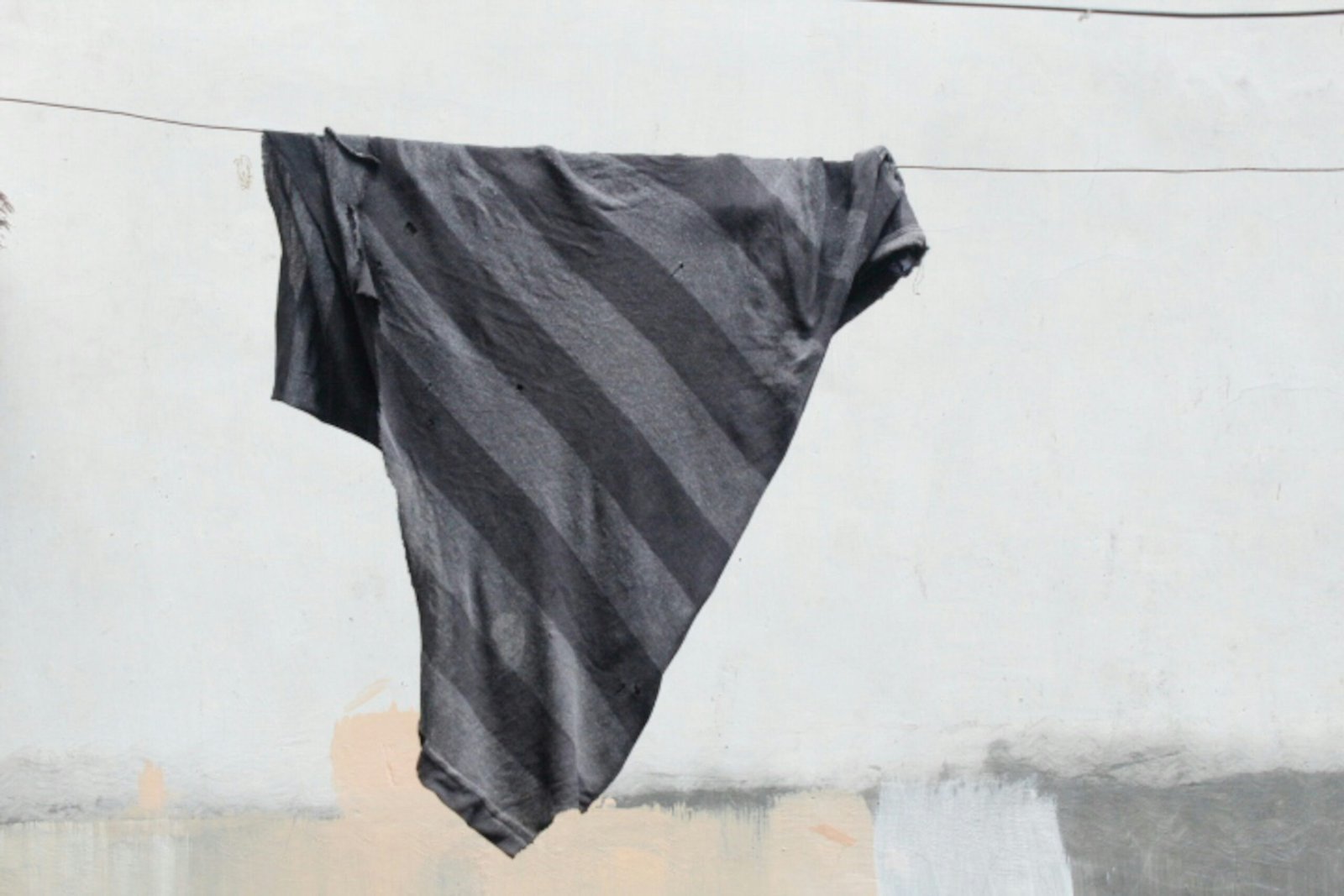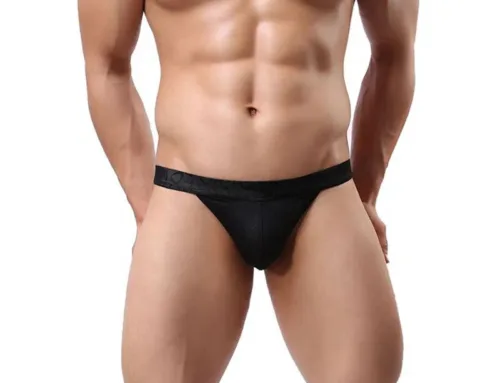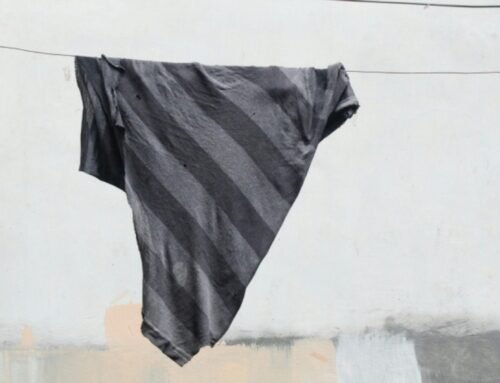The History of Women’s Underwear Design
The evolution of women’s underwear design reflects significant changes in societal norms, fashion trends, and the role of women throughout history. Initially, women’s undergarments served a purely functional purpose, primarily providing support and modesty. The earliest forms of women’s underwear can be traced back to centuries ago when garments such as chemises and shifts were worn beneath dresses, often made from linen or cotton. These foundational pieces laid the groundwork for future developments.
As time progressed, particularly during the 19th century, the design of women’s underwear began to transform. The introduction of the corset influenced the aesthetics of undergarments, promoting an hourglass figure that adhered to the prevailing beauty standards of the time. While the corset emphasized shape, it also limited comfort and practicality. This period marked a key divergence towards more intricate designs, where aesthetics often overshadowed functionality.
The 20th century brought forth a revolution in fabric technology and manufacturing techniques, allowing for greater creativity and comfort in women’s underwear. The introduction of elastic materials provided improved fit and flexibility, leading to the creation of styles like bras and panties that could incorporate pockets. While these pockets were initially designed for practical uses, such as holding small personal items, they soon began to reflect aesthetic trends, contributing to a more stylish appearance.
Notable styles emerged throughout the decades—such as the flapper styles of the 1920s and the boyshorts of the 1990s—each incorporating pockets in varied ways. The rise of feminism in the late 20th century further challenged traditional notions of women’s fashion, encouraging designers to prioritize both function and style. Today, the modern iterations of women’s underwear continue to merge innovative design with practicality, as pockets now serve a dual purpose, reflecting both fashion sensibilities and the need for utility. This evolution illustrates how societal changes influence the design elements inherent in women’s underwear.
Practical Uses of the Pocket in Women’s Underwear
The inclusion of a pocket in women’s underwear offers numerous practical benefits that can significantly enhance everyday convenience. This cleverly designed feature allows for discreet storage of small items that women may need throughout the day. One common use for this pocket is to securely hold pantyliners, which can be essential for personal comfort and hygiene during menstruation or in various other situations. Having a designated space for such items can eliminate the need to carry additional bags or pouches, allowing for a more streamlined and efficient daily routine.
Furthermore, the pocket can accommodate small personal items, such as keys or money. For instance, during brief outings or trips to the gym, a woman may not always want to carry a handbag. In these situations, the pocket serves as a convenient alternative to keep vital items close at hand. The security of having keys stored in underwear can also reduce the risk of losing them, as they are less likely to fall out than if placed in a pocket of pants or a bag.
In addition to the practical aspects, this innovative feature can also contribute to comfort and peace of mind. Women can feel at ease knowing they have access to necessary items without the inconvenience of bulky accessories. Such benefits reflect a growing trend in women’s fashion that prioritizes functionality alongside style. With evolving designs that incorporate thoughtful features like pockets in underwear, manufacturers are catering to the modern woman’s lifestyle, which often demands versatility and efficiency.
Ultimately, the pocket in women’s underwear proves to be more than just a design element; it represents a valuable addition that enhances daily living by providing accessibility and ease. Its thoughtful integration into this intimate apparel strengthens the argument for pockets as essential elements in women’s clothing.
The Debate: Function vs. Style in Women’s Underwear
The ongoing discussion surrounding women’s underwear has evolved significantly, particularly concerning the inclusion of pockets. Traditionally, women’s underwear has prioritized aesthetics over functionality, leading to a distinct absence of pockets in many designs. However, recent trends suggest a growing demand for practicality without sacrificing style. This debate revolves around the question: Do pockets enhance or detract from the overall appeal of women’s lingerie?
On one hand, proponents of functional design argue that pockets in women’s underwear could provide valuable convenience—allowing women to carry small items like keys or cards without the need for additional bags. This perspective highlights a shift in consumer expectations, where practicality and style need not be mutually exclusive. In this context, the inclusion of pockets could be seen as a step towards a more functional wardrobe, catering to the multifaceted lifestyles of modern women. Consumers are increasingly prioritizing versatility in their fashion choices, and this trend has reverberated through the lingerie market.
As purchasing behavior continues to adapt to these evolving preferences, brands are increasingly accommodating consumer demands by exploring innovative designs that harmonize style with practicality. The essential question becomes whether lingerie can simultaneously satisfy the desire for aesthetic beauty and functional utility. This discussion reflects a broader cultural shift towards re-evaluating women’s roles and needs in fashion, aiming to harmonize comfort, style, and convenience in women’s underwear.
Future Trends: The Pocket’s Role in Women’s Underwear
As we look ahead, the role of pockets in women’s underwear is poised for significant evolution, driven by a blend of practicality and style. Traditionally, women’s underwear has prioritized aesthetics over functionality, often omitting pockets or incorporating them in limited capacities. However, the growing consumer demand for practicality is increasingly influencing design choices, calling for innovation and versatility in undergarments.
Emerging brands are stepping up to meet this demand by prioritizing functional designs that incorporate pockets into underwear. Brands are starting to understand that women desire undergarments that not only look good but also provide them with practical solutions for everyday life. These innovations may range from discreetly placed pockets that maintain a sleek silhouette to larger designs that can accommodate essentials such as keys, cards, and small devices. The blending of functionality with style will likely redefine consumer expectations in women’s underwear.
Additionally, advancements in fabric technology may enhance the functionality of these pockets. Innovations such as moisture-wicking materials, stretchability, and even smart fabrics could be integrated into pocket designs, making them more user-friendly. By considering consumer feedback and preferences, brands can create underwear that successfully meets the lifestyle needs of modern women. The challenge will be to strike a balance between style and utility, as consumers increasingly weigh functionality against traditional markers of elegance.
It’s crucial for women to reflect on their preferences regarding functionality versus aesthetic appeal in their underwear choices. As the market adapts, individual choices will contribute to shaping future trends, encouraging brands to enhance their offerings. Addressing this dialogue among consumers can lead to a more informed understanding of the diverse needs women have in their undergarments, ushering in a new era in which fashion and practicality harmoniously coexist.





